For Cassidy Boulan, the pandemic was a time to walk. Stuck inside for so long, she stepped outside each day to find some fresh air and make her way through Philadelphia on foot.
Her walks began near Washington Square, one of the five public squares designed as cornerstones of the city. She would then wend her way north to dip into some of the green spaces behind Independence Hall, admiring the architecture and the relative quiet she found there. By the time she looped back home, she had experienced several of Philadelphia’s most cherished parks and gardens, along with key parts of its history, all in a matter of blocks.
A few years later, she has maintained the routine. It reminds her that walkability is one of Philadelphia’s most charming traits.
“I often think, where could I move where I would have the same level of convenience or ability to be carless — the ability to access so much,” says Boulan, associate manager of the Delaware Valley Regional Planning Commission’s Office of Transit, Bicycle and Pedestrian Planning. The city’s walkability, she says, is “a rare gem, and I think there are lots of reasons to invest in it.”
With its reliable grid, short blocks, narrow street crossings, dense development and flat topography, Philadelphia — or, at least, a significant portion of it — is in many ways an ideal city for walking. It regularly ranks in the top 10 American cities for Walk Score, as well as for the share of its residents who walk to work. As Boulan points out, a sprawling concrete purgatory like Phoenix couldn’t dream of accomplishing with its best efforts what Philadelphia takes for granted.
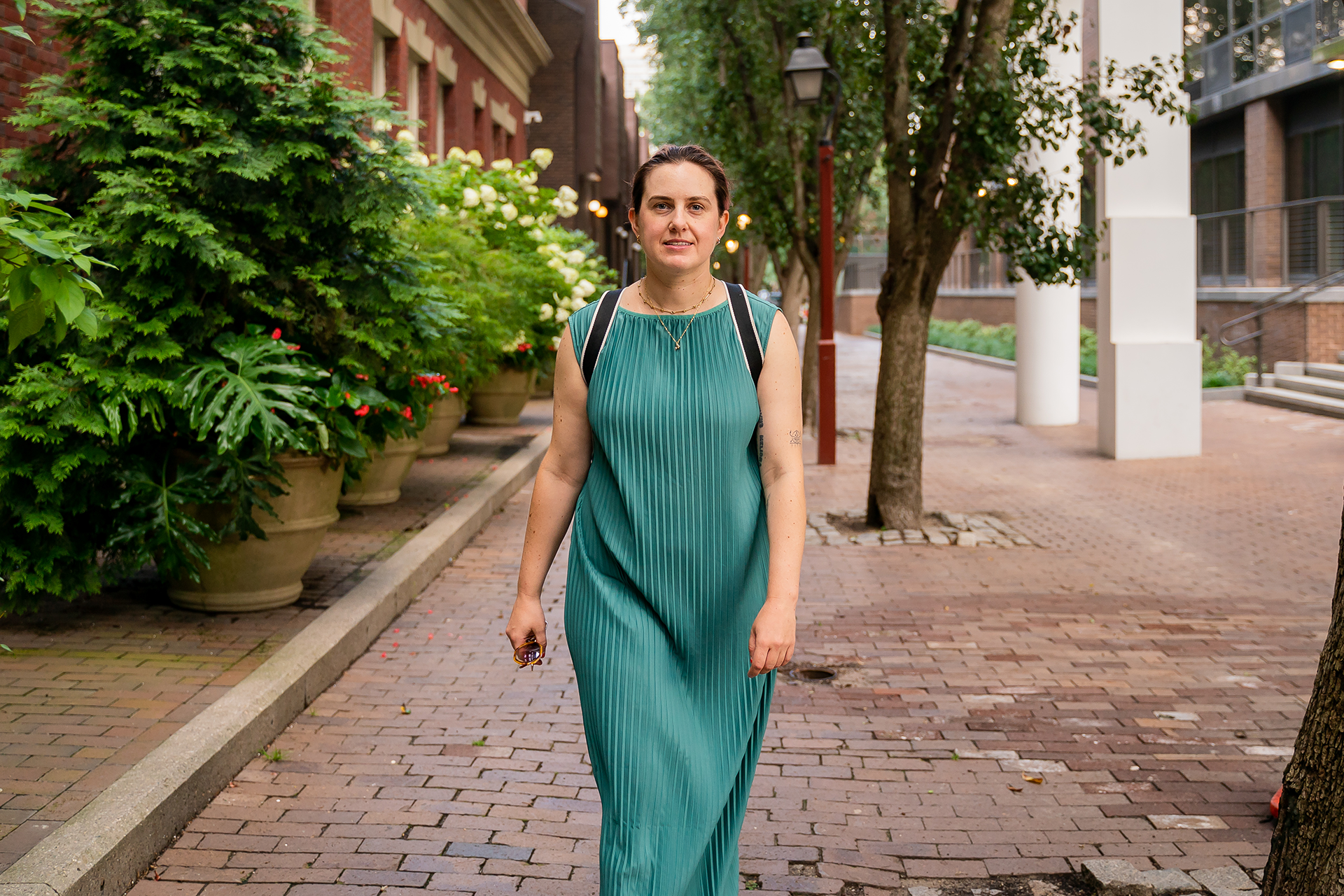
But that doesn’t mean there’s no room for improvement.
Construction regularly interrupts footpaths across the city. Illegally parked cars block intersections and wheelchair ramps. Insufficient sight lines and reckless drivers can make crossing the street feel hazardous. Aging infrastructure leads to cracked and crumbling sidewalks that create impositions, especially for those in wheelchairs.
If Philadelphia wants to retain its reputation as a place where a walk can carry anyone anywhere, the city must find answers to a series of questions without simple solutions.
“We’re a very lucky city to have this kind of built environment, to have this history, to be a legacy city that enables us to be so walkable,” Jen Dougherty, the chair of pedestrian advocacy group Feet First Philly, says. “We need to preserve that and be really mindful about new development and what it does to the walking environment, and also maintain the built environment we already have.”
Room for Repair
For Kelley Yemen, Philadelphia’s tightly knit grid is what makes it special. A pedestrian can take any number of routes to their destination, passing along a variety of streets along the way, “from larger grand boulevards like the [Benjamin Franklin] Parkway to itty-bitty baby streets that are so charming and give you a little hug in between neighborhoods,” she says.
Yemen is the director of Philadelphia’s Complete Streets initiative, which aims to make the city’s streets safe, sustainable and pedestrian-friendly. For a long time in the mid-20th century, she says, streets were considered a place for cars only. Her work is part of a broader effort to reclaim streets and sidewalks as the domain of not just cars, but also pedestrians, bicyclists and transit users. In that effort, Philadelphia faces a foe that is somewhat unique in the United States.
“One of Philadelphia’s challenges is also what makes it charming: It’s an old city,” Yemen says. “And with that comes a lot of aging infrastructure in need of upgrades.”
With that in mind, Boulan and her colleagues at the Delaware Valley Regional Planning Commission designed a pedestrian portal that serves as a data-based view of the city’s sidewalk inventory, offering a view of where gaps exist and a vision for how they might be fixed. The long-term goal is to get 25% of sidewalk gaps filled, she says. But in many cases the culprit that cuts short a pleasant walk is a broken sidewalk that falls at the feet of private property owners to repair. And in America’s poorest large city, that presents issues for both equity and walkability.
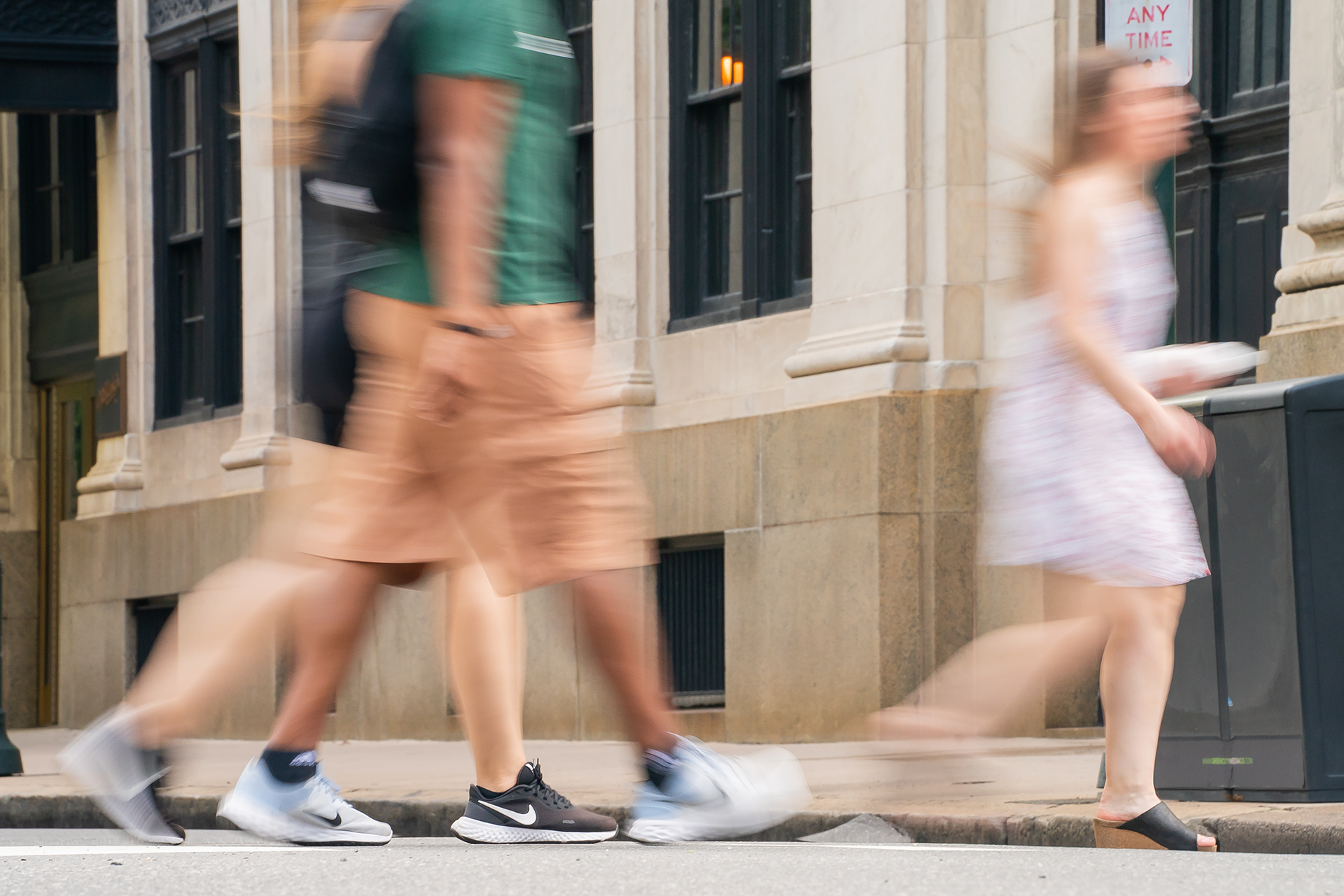
“We would never say to a property owner, ‘The pothole in the middle of the street is your responsibility,’ but somehow the sidewalk is,” Dougherty says. “Walking is the responsibility of private property owners but biking and driving are not. It’s a little confounding.”
Dougherty and others suggest a dedicated city fund for sidewalk repairs as a step in the right direction. Even repaired sidewalks, though, don’t do much for pedestrians when construction forces them to find a new path or — as happens too often in Philadelphia — steers them into the street as a bypass.
Feet First Philly has worked on legislation to improve the pedestrian environment during construction projects that overtake the sidewalk, but it hasn’t had the intended impact, Dougherty says. And thanks to an unbalanced incentive system and an understaffed Department of Licenses and Inspections, she says, smaller projects often obstruct sidewalks without permits while larger projects accept any fines they receive as the cost of doing business. Advocates want sidewalk disruption legislation that encourages developers to do the right thing and gives the city’s enforcers teeth.
“If you have full mobility it’s more of an annoyance, but if you’re in a wheelchair or have some sort of mobility device it can be dangerous,” Boulan says. “Other cities have found ways around this. It does not seem insurmountable.”
Nicole Brunet, policy director for the Bicycle Coalition of Greater Philadelphia, thinks of those pedestrians waylaid by construction or broken sidewalks as “vulnerable users” — people moving through the city without the built-in protection of a car. In the interest of improving their safety, the coalition recently released its Better Mobility Platform, whose primary goal is the creation of a Department of Transportation that would cleave issues like these from their cohabitation with the city’s sanitation concerns within the Department of Streets.
“We’re one of the largest cities in the country and [the Office of Transportation, Infrastructure and Sustainability] has to fight for having on-time trash pickup or meeting the bare minimum of paving each year,” Brunet says. “By creating our own Department of Transportation, we could raise the priority of basic city services.”
You don’t feel safe. You have to weave your way in and out of cars and stare down the car coming at you or apologize for being there.”
— Jen Dougherty, Feet First Philly
The Question of Cars
Philadelphia is full of beautiful blocks to walk down, and daily amenities are just a short trip away for many of the city’s residents. But even the shortest walks require crossing through an intersection — and street corners can get stressful quickly.
“You don’t feel safe. You have to weave your way in and out of cars and stare down the car coming at you or apologize for being there,” Dougherty says, noting that freewheeling right-hand turns seem to have increased significantly since the pandemic loosened the way people drive.
Among the ways that Philadelphia’s next mayor could make the city more pedestrian-friendly, removing parked cars from crosswalks is one of the simplest, Boulan says. Pennsylvania law requires cars to park 20 feet away from intersections, but in much of the city even five feet would be an improvement. Washington, D.C., is among a group of cities that have begun to use “daylighting” to remove cars from corners using paint, bollards or other delineators to protect pedestrian sight lines, Brunet says.
Feet First Philly, meanwhile, has used its Not a Parking Spot initiative to highlight the severity of Philadelphia’s illegal parking issues and the danger they create for pedestrians.
“We’ve really degraded the ability to walk around a neighborhood or community that otherwise would be very walkable because we’ve prioritized private property car storage over walkability of a community,” Dougherty says.
The city won’t be able to build its way out of parking demand, she says. Instead, it must find ways to reduce the number of cars on its streets and encourage more people to use other modes of transportation. The benefits for walkability would be immense.
The things that are going to be the best for our planet at the end of the day are the simplest: walking, biking and being close to each other.”
— Nicole Brunet, Bicycle Coalition of Greater Philadelphia
‘Fine-Grained’ Philadelphia
In a city with constant budget woes, new funding will be necessary to find fixes for the issues that keep Philadelphia from being its walkable best. To that end, two recent grants show the potential for progress.
A $25-million federal RAISE (Rebuilding American Infrastructure with Sustainability and Equity) grant will fund a traffic safety project that will make improvements around six North Philadelphia schools in high-injury traffic corridors. And a $30-million grant from the U.S. Department of Transportation will bring raised medians, pedestrian refuge islands, traffic signal improvements and more traffic calming methods to sections of North Broad Street and Cecil B. Moore Avenue around Temple University’s campus.
Similar projects throughout the city — and perhaps a few wholesale changes at City Hall — could help protect pedestrians and preserve the sanctity of a stroll around town.
“To be a pedestrian anywhere is to experience a city at its most fine-grained, in its most detailed form, and Philadelphia has the best fine-grained network, whether it’s the intricacy and architecture of the buildings or our street network and the choices you have in it,” Yemen says. “We have work to do to improve parking, the quality of our sidewalks and our crossings, but we’re so lucky that unlike many other cities we have such an amazing base to build off of.”
With climate change altering the course of our daily lives, building a more walkable city would also reduce emissions and begin the work of undoing the damage, Brunet says. It may not be the most exciting idea for those in power, but it’s no less meaningful because of that.
“The things that are going to be the best for our planet at the end of the day are the simplest,” Brunet says. “Walking, biking and being close to each other.”



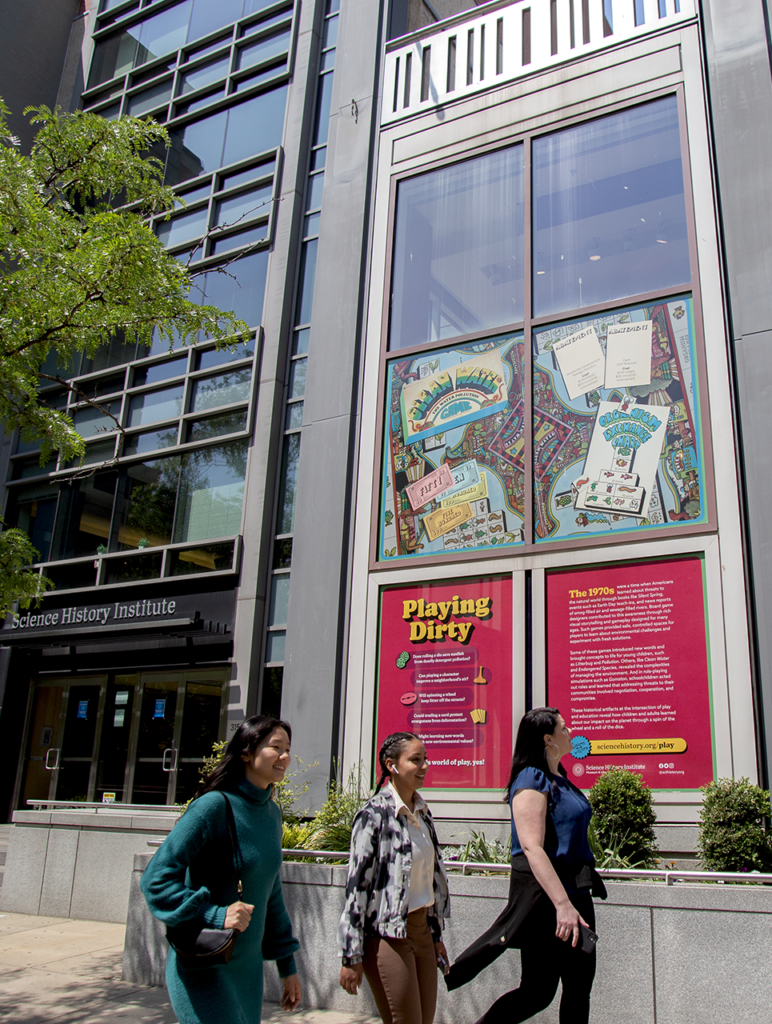
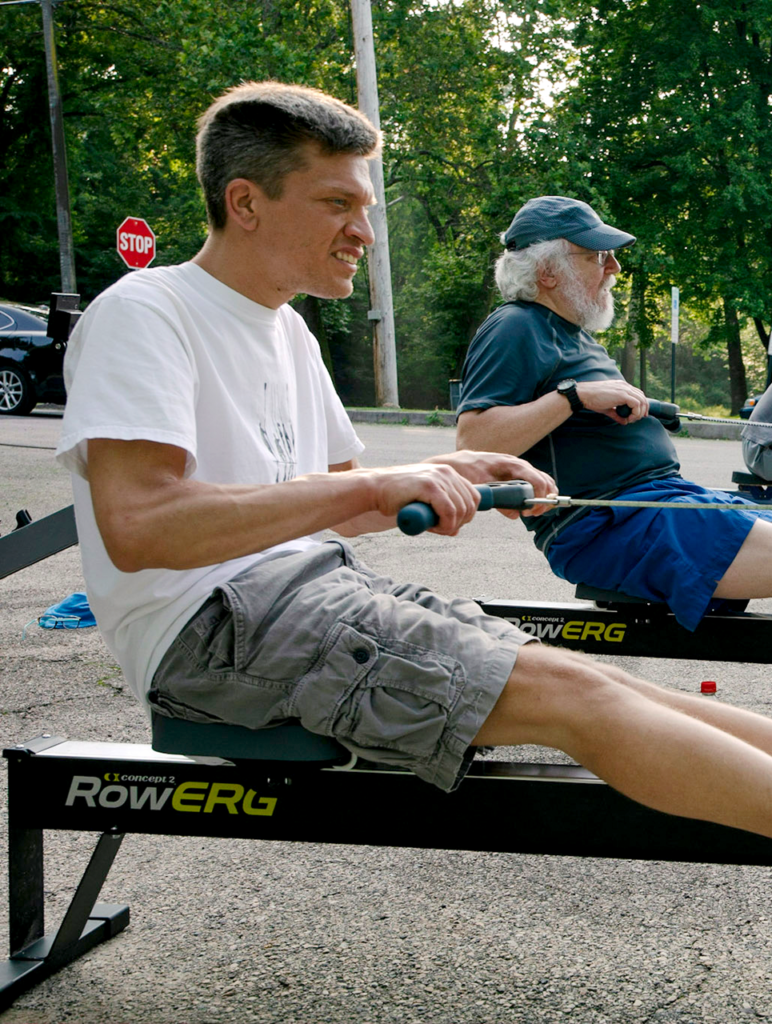
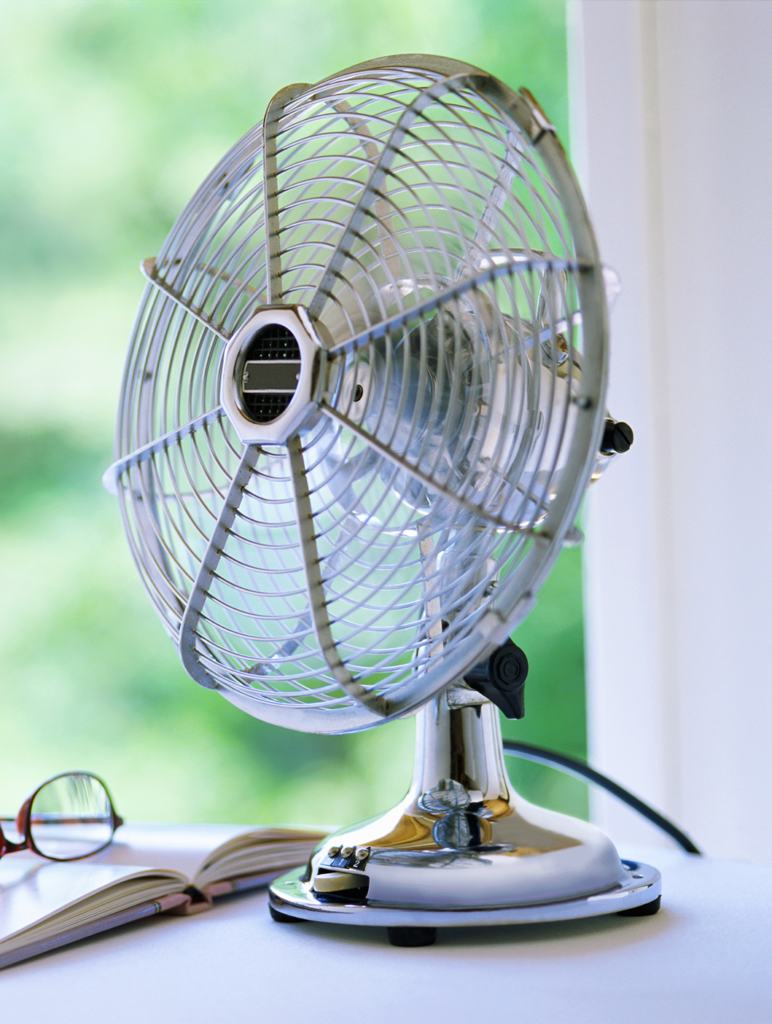


Sooo. Now we have another obstacle to pedestrian pathways. People parking Vehicle on the sidewalk.
WE MUST ENFORCE against this ILLEGAL foolishness.
Even with several parking spaces available, this is some GENTRIFICATION Results.
All the increase in density, new people, new uses – no new parking! Parking Wars in the making!